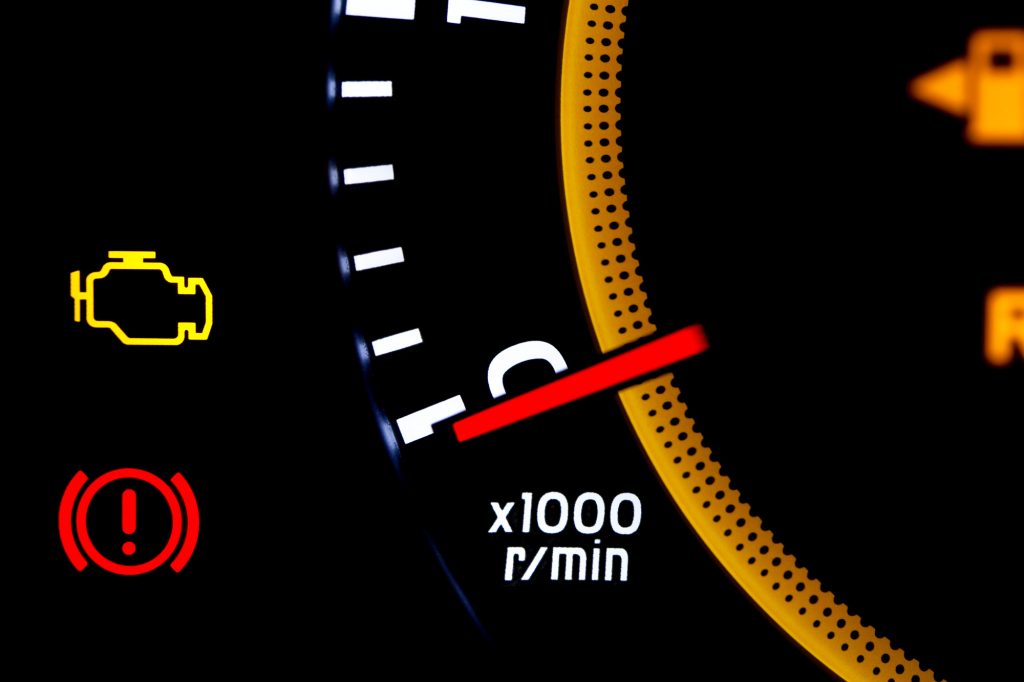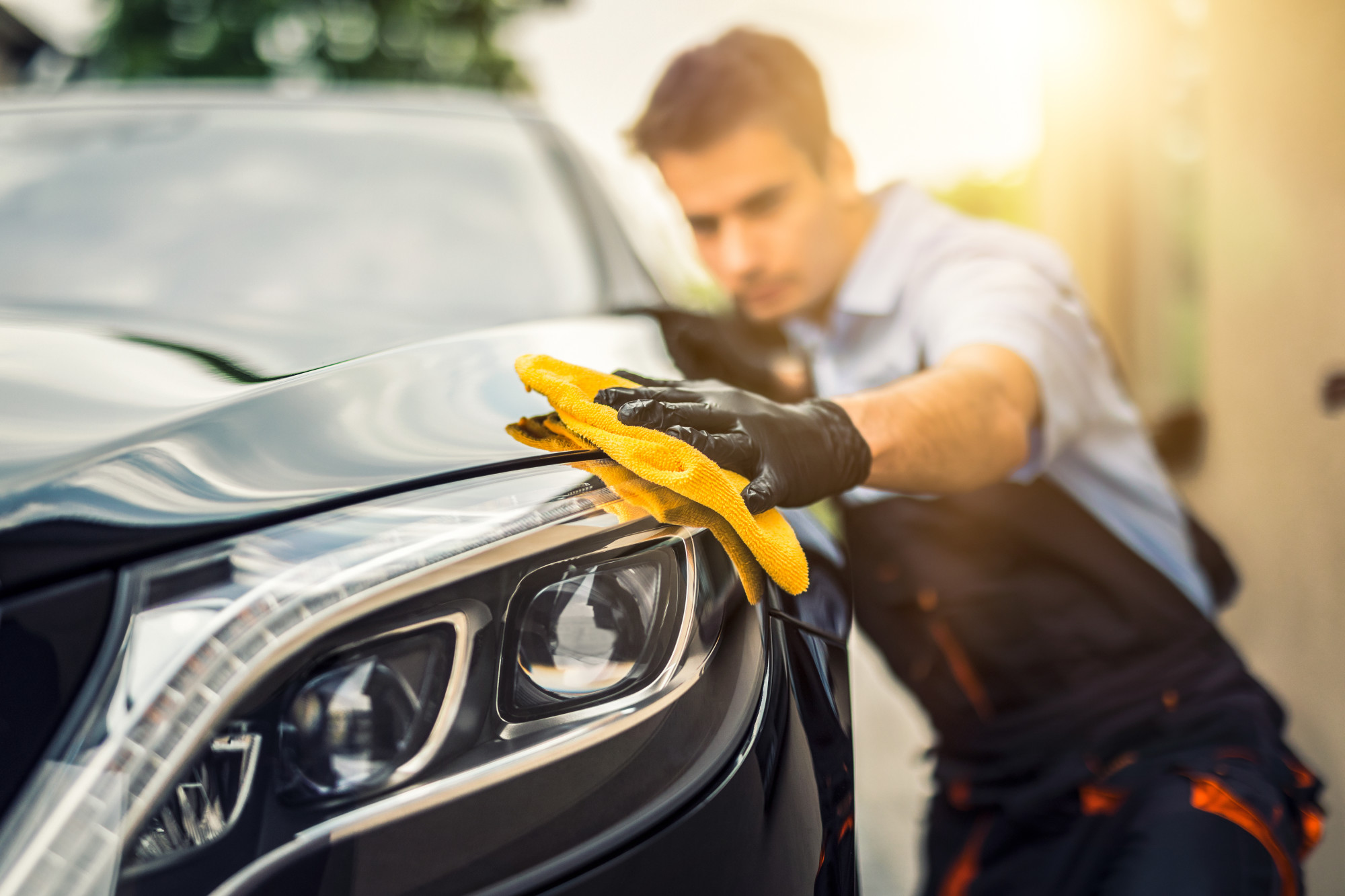
Your check engine light is on? Start here first.
In the United States, more than 95 percent of households own a car, a number that has only increased since its invention in the late 1800s. With so many car owners, there’s a good chance you’ve experienced challenges with your vehicle.
But the real question is, why is my check engine light on?
For car owners looking for the best, check out these seven common problems that might be the culprit.
Read on to learn more.
1. You Have a Faulty Catalytic Converter
The catalytic converter helps to reduce the pollutants and toxic gases from the internal combustion engine by using redox reaction technology. It protects you from harmful toxins such as:
- Carbon monoxide
- Nitrogen oxides
- Hydrocarbons
It transforms the pollutants back into oxygen, nitrogen, carbon dioxide, and water. The catalytic converter is attached to the exhaust pipe. It is essential in the fight to combat harmful fossil fuels and is a technology often evolving on new cars.
The catalytic converter often becomes damaged due to neglected maintenance and causes your check engine light to come on. If your check engine light starts flashing, you should pull over immediately and contact a professional car service.
If you do not replace a damaged catalytic converter, your vehicle will experience lasting issues such as reduced fuel economy and performance and a higher temperature car.
Read more about why your check engine light is on here.
2. The Mass Air Flow Sensor (MAF) Needs to Be Replaced
One of the check engine light reasons turning on is due to the mass airflow sensor (MAF) needing to be replaced. The purpose of MAF is to decide the amount of air that flows into the internal combustion engine.
It helps deliver and balance the correct amount of fuel into your engine. You may have a damaged mass airflow sensor if your engine is stalling, you have a rough idle, or the engine drags or hesitates while under idle or load.
If you don’t replace the mass airflow sensor, it can cause damage to the oxygen sensors and spark plugs. You’ll likely experience a decline in fuel economy as well.
3. You’re in Need of a New Plug Wires or Spark Plug
The spark plug delivers electric current from the ignition to the combustion chamber. It is located in your engine’s cylinder head. Without a functioning spark plug, your car will not start.
The three most common types of spark plugs include:
- Platinum
- Iridium alloy
- Copper
Improper material and heat range may cause damage to the spark plug. An unchecked spark plug can cause damage to the ignition coils and clog the catalytic converter. Your car will likely experience reduced power and further engine damage.
You may have a bad spark plug or plug wires if you have poor acceleration in your vehicle, have difficulty starting your car, or experience a rough idle. Your car may also have an increased amount of exhaust emissions.
4. The Gas Cap Is Missing, Damaged, or Loose
A gas cap helps protect the gas tank from debris, dust, and dirt. It also supports your car’s evaporative emissions system and helps capture toxins and hazardous pollutants before entering the environment.
You may have a gas cap issue if it does not tighten properly. In addition to the check engine light coming on, you may small fuel coming from the vehicle. Often times a quick gas cap replacement will solve the issue.
If you do not replace your gas cap, you can lose fuel and will take more frequent trips to the gas station.
5. You Need a New Oxygen (O2) Sensor
The oxygen sensor can be found in the engine’s exhaust stream. It decides if there is sufficient oxygen in the exhaust and allows the engine to make the proper adjustments. Some cars have multiple oxygen sensors.
If the amount of unburned oxygen in your car’s exhaust system goes unchecked, your car engine will burn more fuel than it needs to. You will get fewer miles to the gallon and even face catalytic and spark plug damages.
6. A Rodent Chewed Through Your Car Wiring
While you may be familiar with some rodents nesting in your car engine, you might be unaware that some chew through your car wiring.
Some car wiring insulation is made from rice husks, wood, and soy. These organic, plant-based materials are appetizing to rodents and can attract them from afar. Car wiring based in polymer insulation tends to be less of a temptation to pests.
Try adding rodent-deterrent tape near your car wiring to discourage interested rodents from chewing. You can also consider a metal mesh around your wiring to prevent rodents from crawling into your ventilation systems.
7. Your Engine Is Misfiring
If your engine is misfiring, your engine is skipping over one of the essential steps during the combustion cycle. This may cause the engine to:
- Jerk
- Buck
- Run Rough
It is often caused by an error inside one of the cylinders. When it works properly, the cylinders are designed to mix fuel and air, compress them, and create power from the spark.
It’s important to determine which cylinder is causing the service engine light to come on. The one misfiring is most often the one that is cooler than the others.
Why Is My Check Engine Light On?
Why is my check engine light on? Be sure to know the common reasons your check engine light is on, so you never have to ask that question again. Don’t forget to contact this expert car service for more information.
Want to see more posts like this one? Check out the rest of our blog to learn more!




